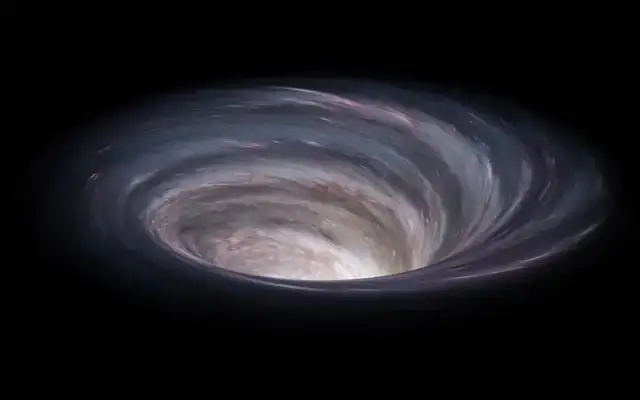What if the Universe did not start with the Big Bang? New theory rewrites the cosmic origin
The Big Bang has long been considered the beginning of everything. However, a new study published in Physical Review D proposes a radically different explanation: perhaps the Universe originated inside a black hole as a result of gravitational collapse followed by a "bounce," Kazinform News Agency correspondent reports, citing Phys.org.

Problems with the standard model
The modern Big Bang model, despite its effectiveness in describing the structure and evolution of the Universe, leaves key questions unanswered: what came before the explosion, where did everything come from, and why is the Universe smooth, flat, and so vast?
The main problem is the singularity - a point of infinite density where the laws of physics break down. While calculations in the classical model begin with this singularity, theory suggests it merely indicates a gap in our understanding.
An alternative scenario
The authors of this new work approached the problem differently. Instead of tracing the Universe's expansion backward in time, they studied the scenario of gravitational compression, a process well-known to astrophysicists in black hole formation.
In 1965, the British physicist Roger Penrose proved that gravitational collapse under certain conditions inevitably leads to a singularity. However, these conclusions are based on classical physics without accounting for quantum effects.
The new research demonstrates that when quantum mechanics is included, the outcome may be different. Mathematical analysis led to a solution where space during compression does not reach infinite density but instead "bounces," transitioning into an expansion phase, similar to our current Universe.
The role of quantum physics
The key to this "bounce" is the Pauli exclusion principle: two identical fermions cannot occupy the same quantum state. This principle prevents infinite compression of matter. When a certain density is reached, further compression becomes impossible, and expansion begins.
The model requires no exotic hypotheses like extra dimensions or hypothetical particles. It is built on well-established equations of general relativity and principles of quantum physics. Within this framework, two phases of accelerated expansion emerge, inflation and dark energy, as natural consequences of the "bounce."
Testable predictions
The theory predicts a small but non-zero positive curvature of space, meaning the Universe is slightly "curved" like Earth's surface rather than perfectly flat. If this feature is confirmed by missions like Euclid, it would provide strong evidence for the new model.
The theory could also explain the origin of supermassive black holes, the nature of dark matter, and galaxy formation. Future missions such as Arrakhis may help establish connections between these objects and remnants of the Universe's collapsing phase.
A new cosmic perspective
According to the proposed model, our observable Universe is the interior of a black hole that formed in a "parent" Universe. This represents a continuation of the cosmic cycle rather than its beginning. We are not witnessing the birth of everything from nothing, but rather another phase of an infinite process governed by gravity and quantum laws.
Earlier, Kazinform News Agency reported that before sending people into deep space, it is important to understand how radiation, microgravity, and extreme temperatures affect cells and tissues.
